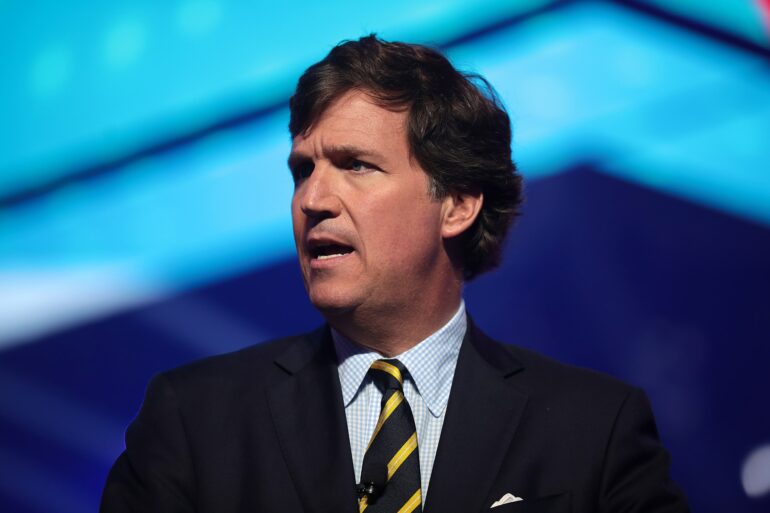In a striking escalation of criticism directed not only at the Biden-era intelligence establishment but at the very federal leadership now serving under President Donald Trump, Tucker Carlson is openly alleging that the FBI is withholding critical details about the attempted assassination in Butler, Pennsylvania.
Carlson’s newly released video argues that the bureau — including Trump’s recently installed team led by Kash Patel and Dan Bongino — is obscuring what really happened on the rooftop where 20-year-old Thomas Crooks nearly killed a president.
The clash between Carlson and federal law enforcement unfolded even before the video appeared. Hours ahead of its release, the FBI issued a preemptive statement claiming there was “no evidence of advance warnings” and urging the public to “avoid speculation.” Whether that reflected genuine concern or bureaucratic defensiveness, the move underscored Carlson’s influence: the bureau responded to him before he had laid out his case.
Carlson begins not with the timeline but with a reexamination of who Crooks was. Drawing from Crooks’ digital history — online comments, saved posts, and archived forum activity — Carlson argues the young man was not a covert leftist nor a political enigma, but someone steeped in fringe-right conspiracy culture. Carlson highlights Crooks’ praise for fringe-right influencers, his references to “Deep State traitors,” and his posts calling Donald Trump “the only one fighting for us.” This, he says, contradicts early media framing that Crooks’ ideology was “unclear.”
For Carlson, Crooks’ online footprint is not a distraction but a key to the broader story: a portrait of a disaffected young man locked in a “right-wing grievance spiral.” According to Carlson, the FBI’s initial rush to downplay motive only deepens concerns about the bureau’s transparency.
Who is Thomas Crooks? pic.twitter.com/WwjvPGGRwS
— Tucker Carlson (@TuckerCarlson) November 14, 2025
From there, Carlson turns to what he sees as the heart of the failure: missed warnings in plain sight. Multiple rallygoers, he says, reported seeing a young man on a nearby building minutes before Trump took the stage, carrying a backpack and what appeared to be a rangefinder. “People saw him,” Carlson states. “They told authorities. And nothing happened.” That, in his telling, is where the federal failure becomes most glaring — not simply a breach of protection protocols, but a moment that federal officials moved to minimize almost instantly.
Carlson then raises questions about shifting FBI descriptions of Crooks’ motives. Early statements suggested there was no political motivation. Later statements acknowledged that Crooks had searched for both Trump and Biden. Carlson treats these evolutions not as clarifications but as signs the bureau is “reverse-engineering a narrative rather than disclosing one.”
The broader implication of Carlson’s argument is that the bureau’s inconsistencies — from missed warnings to adjustments in Crooks’ portrayed motives — point to an agency more concerned with managing public perception than with providing an unvarnished account of what occurred. For Carlson, the tragedy in Butler is not merely a security lapse but a test of institutional honesty at a time when public confidence in federal law enforcement remains badly shaken.
[READ MORE: Biden-Appointed Judge Orders Release of 600 Migrants Detained in Illinois ICE Operation]



